The word “germs” makes most people reach for hand sanitizer, but what if I told you that right now, trillions of microscopic allies are working around the clock to keep you alive? Your body hosts an entire universe of microorganisms that outnumber your human cells by a staggering ratio, and many of these tiny tenants are actually your best friends. While we’ve been programmed to fear all things microbial, the truth is far more fascinating and complex than any horror story about bacteria could ever be.
The Hidden World Living Inside You
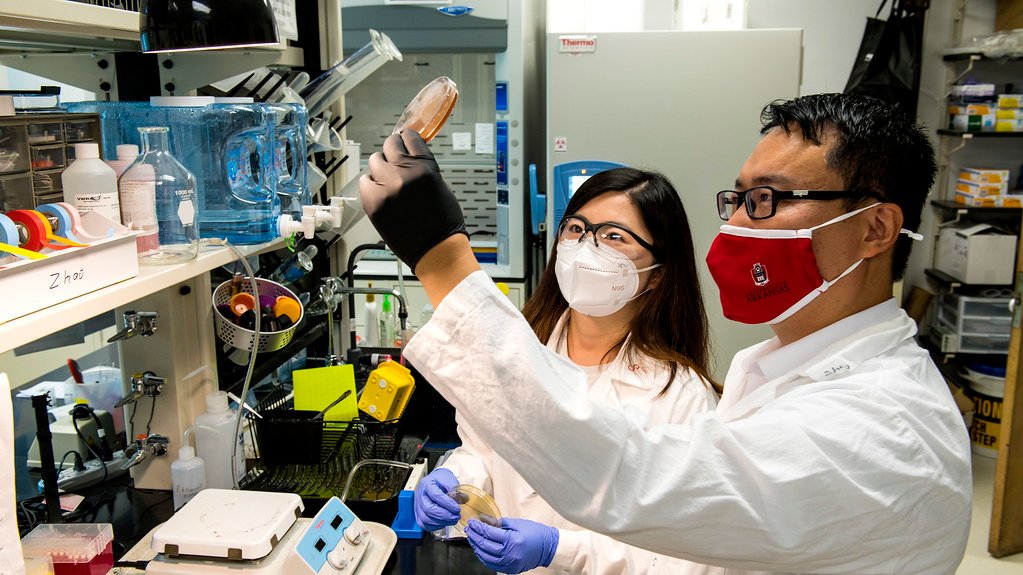
Your body is essentially a walking ecosystem, home to roughly 100 trillion microorganisms that have evolved alongside humans for millions of years. These microscopic residents include bacteria, viruses, fungi, and other single-celled organisms that have formed one of nature’s most successful partnerships. Think of your body as a bustling metropolis where different neighborhoods host different communities of microbes, each with their own specialized jobs and responsibilities.
The sheer diversity of this internal world is mind-blowing. Scientists have identified over 1,000 different species of bacteria living in the human gut alone, with each person carrying a unique microbial fingerprint as individual as their DNA. This personalized collection of microbes, known as your microbiome, plays such a crucial role in your health that researchers now consider it almost like an additional organ system.
Your Gut’s Secret Superheroes
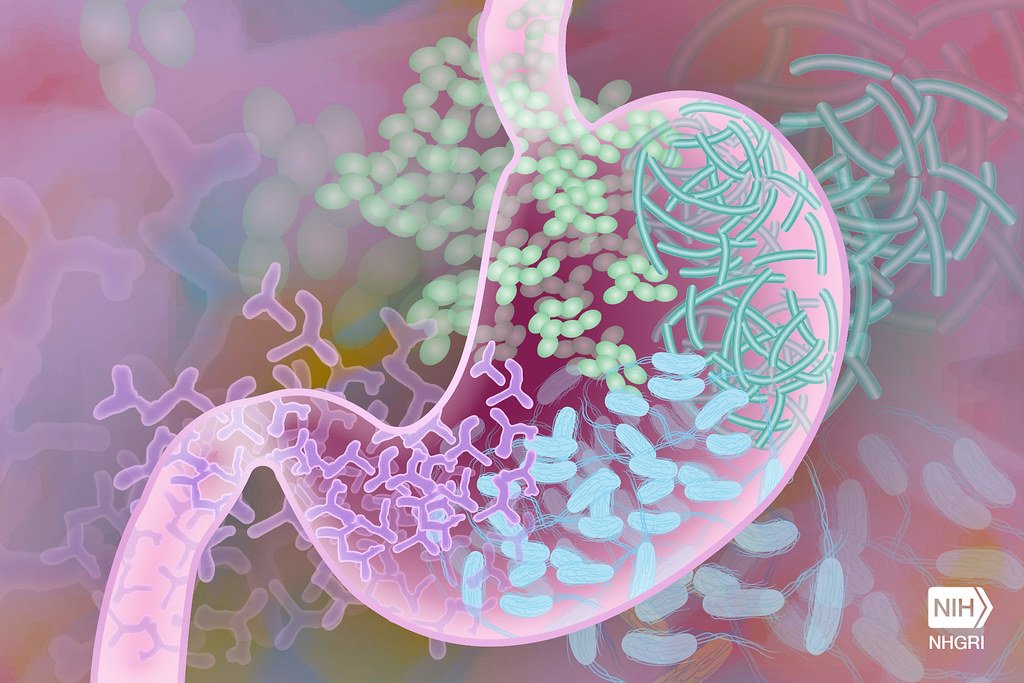
Deep in your digestive system, an army of beneficial bacteria works tirelessly to break down food your body can’t process on its own. These microscopic chemists produce enzymes that slice through complex carbohydrates, proteins, and fats, turning them into nutrients your cells can actually use. Without these bacterial partners, you’d be unable to extract energy from many of the foods you eat daily.
But their job goes far beyond simple digestion. These gut heroes manufacture essential vitamins like B12, biotin, and vitamin K, which your body needs but can’t produce independently. They also create short-chain fatty acids that serve as fuel for your colon cells and help maintain the integrity of your intestinal barrier. It’s like having a 24/7 pharmaceutical factory operating inside you, except it’s completely natural and free.
The Immune System’s Training Ground
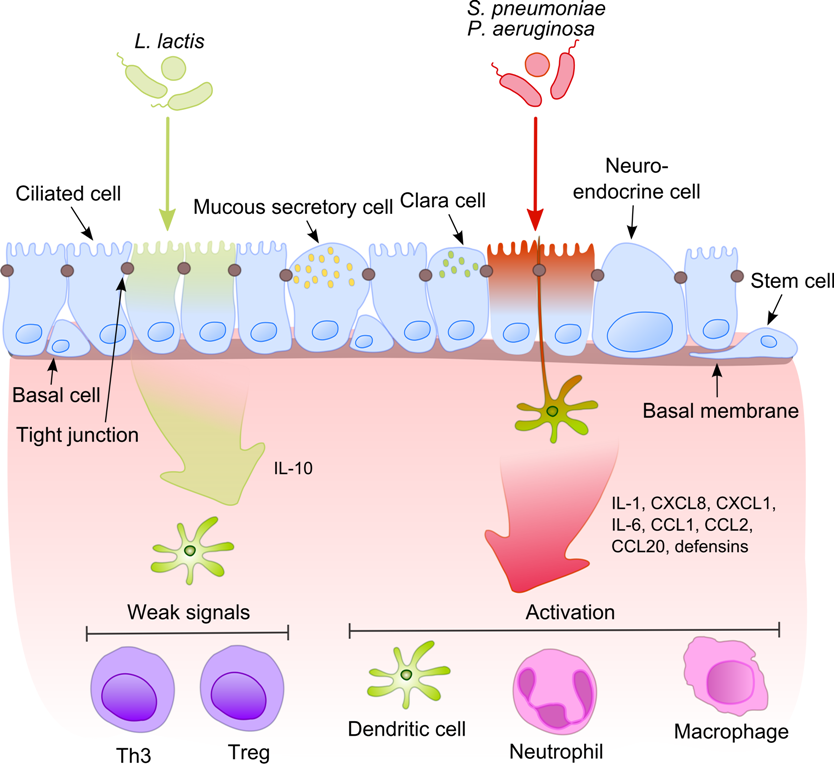
Your beneficial microbes serve as sparring partners for your immune system, constantly training it to recognize friend from foe. This ongoing education helps your immune cells develop the sophistication needed to mount appropriate responses to real threats while avoiding attacks on harmless substances. Without this microbial mentorship, your immune system would be like a soldier without proper training, likely to overreact to everything or miss genuine dangers.
Research shows that people with diverse, healthy microbiomes tend to have stronger immune responses and lower rates of autoimmune diseases. These friendly bacteria essentially crowd out harmful pathogens by occupying the same spaces and resources, creating a protective barrier that’s far more effective than any external defense. They’re like bouncers at an exclusive club, keeping the troublemakers out while letting the good guys in.
Mood Makers in Your Microbiome

Perhaps most surprisingly, the bacteria in your gut are constantly chatting with your brain through what scientists call the gut-brain axis. These microscopic mood modulators produce neurotransmitters like serotonin, dopamine, and GABA – the same chemicals that regulate your emotions, sleep, and overall mental well-being. In fact, about 90% of your body’s serotonin is produced in your gut, not your brain.
This means your microbes literally influence how you feel each day. Studies have shown that people with certain beneficial bacteria strains report lower levels of anxiety and depression, while disruptions to the gut microbiome can trigger mood disorders. It’s revolutionary to think that your emotional state might be partially determined by the health of your bacterial roommates, turning the phrase “gut feeling” into something scientifically profound.
Skin’s Protective Microbial Shield
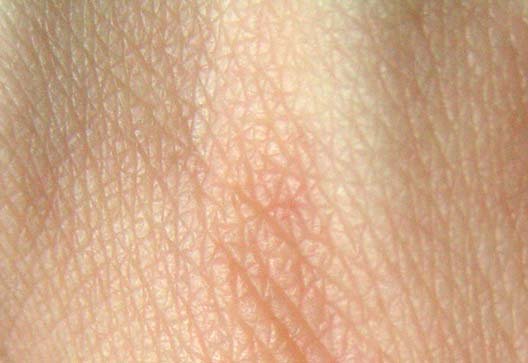
Your skin isn’t just a passive barrier – it’s a living ecosystem teeming with beneficial microorganisms that form your first line of defense against the outside world. These microscopic guardians create an acidic environment that hostile bacteria find uninhabitable, while also producing antimicrobial compounds that actively fight off invaders. They’re like a microscopic security system that never sleeps, constantly patrolling your body’s largest organ.
Different areas of your skin host different microbial communities, each adapted to their specific environment. The bacteria living on your oily forehead are completely different from those thriving in the dry desert of your forearm or the humid jungle of your armpit. This specialization allows each microbial community to provide targeted protection based on the unique challenges their neighborhood faces.
Environmental Cleanup Crews

Beyond the human body, beneficial microorganisms serve as nature’s ultimate recycling service, breaking down dead organic matter and returning nutrients to the soil. These microscopic decomposers prevent the world from drowning in waste, transforming fallen leaves, dead animals, and organic debris into rich compost that feeds new life. Without them, Earth would be buried under layers of undecayed matter, making life as we know it impossible.
Some bacteria have even evolved to eat pollution, offering hope for environmental restoration. Certain species can break down oil spills, heavy metals, and toxic chemicals, essentially eating our environmental mistakes and transforming them into harmless byproducts. Scientists are now harnessing these natural cleanup crews to tackle some of our planet’s most pressing environmental challenges.
Food Production’s Microscopic Partners

Many of the foods we love most wouldn’t exist without the helping hands of beneficial microorganisms. Bread rises thanks to yeast, cheese develops its complex flavors through bacterial fermentation, and yogurt gains its tangy taste and probiotic benefits from carefully cultivated bacterial cultures. These microscopic chefs have been working alongside humans for thousands of years, creating flavors and textures that would be impossible to achieve through purely mechanical processes.
The fermentation process doesn’t just create delicious foods – it also enhances nutritional value and preserves food naturally. Fermented foods like kimchi, sauerkraut, and kefir are packed with beneficial bacteria that support digestive health, while the fermentation process itself breaks down compounds that might otherwise be difficult to digest. It’s like having a team of molecular nutritionists working to optimize your food before you even take a bite.
Agriculture’s Underground Network

Beneath every garden and farm field lies an invisible network of beneficial microorganisms that make plant growth possible. These soil bacteria and fungi form partnerships with plant roots, trading nutrients for sugars in one of nature’s most elegant economic systems. Some bacteria can even pull nitrogen directly from the air and convert it into forms that plants can use, essentially providing free fertilizer that never runs out.
This underground internet of microbes allows plants to communicate with each other, sharing resources and even warning neighbors about approaching threats. When a plant comes under attack from pests, it can send chemical signals through the fungal network that alert nearby plants to boost their defenses. It’s like having a neighborhood watch system that operates entirely through microscopic messengers.
Water Treatment Heroes
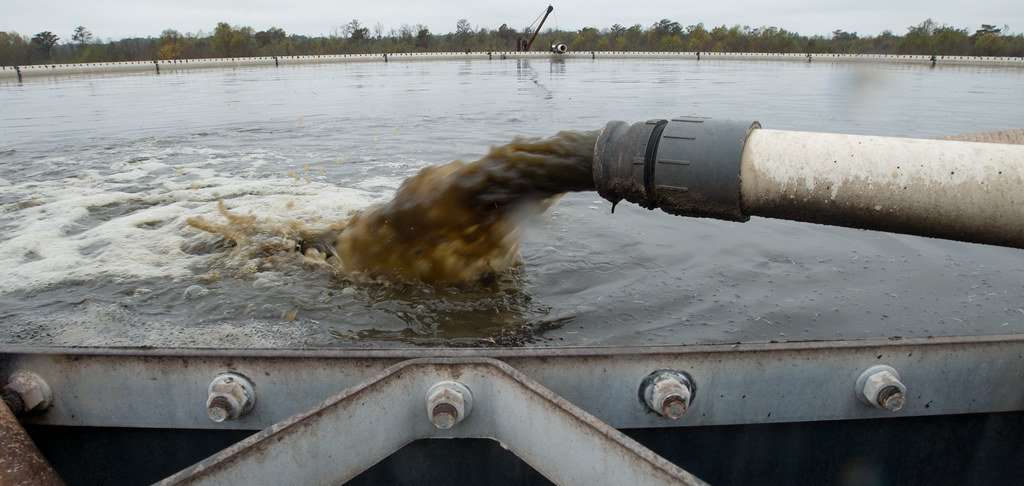
In sewage treatment plants and natural water systems, beneficial bacteria work around the clock to clean our water supply. These microscopic water treatment specialists break down organic pollutants, remove harmful chemicals, and transform waste into harmless byproducts. They’re essentially operating massive, biological water purification systems that run on nothing but organic matter and oxygen.
Some bacteria can even remove heavy metals and toxic substances from contaminated water, acting like microscopic magnets that attract and neutralize pollutants. This natural water treatment process is so effective that many modern water treatment facilities have been designed to mimic and enhance the work these bacteria do naturally in rivers, lakes, and wetlands.
Medicine’s Microscopic Manufacturers

The pharmaceutical industry relies heavily on beneficial microorganisms to produce many of our most important medicines. Bacteria and fungi serve as living factories, producing antibiotics, hormones, and other therapeutic compounds that would be impossible or prohibitively expensive to create through chemical synthesis. These microscopic manufacturers work 24/7, churning out life-saving medications with precision that puts human factories to shame.
Insulin for diabetics, growth hormones for children with deficiencies, and many cancer-fighting drugs all come from carefully cultivated microorganisms. Scientists have even learned to reprogram bacteria to produce entirely new medicines, essentially turning them into biological 3D printers that can create complex molecules on demand. It’s like having a pharmaceutical company that operates at the cellular level, producing exactly what we need when we need it.
Climate Change Warriors

Certain microorganisms are emerging as unexpected allies in the fight against climate change. Some bacteria can capture and store carbon dioxide from the atmosphere, essentially acting as microscopic carbon sinks that help reduce greenhouse gases. Others can produce biofuels from organic waste, offering sustainable alternatives to fossil fuels that could power our future.
Ocean-dwelling microorganisms play a crucial role in regulating Earth’s climate by controlling the carbon cycle and producing oxygen through photosynthesis. These tiny marine organisms are responsible for producing about half of the oxygen we breathe, making them literally essential for life on Earth. Their ability to adapt and thrive in changing conditions might hold keys to understanding how our planet will respond to ongoing climate changes.
Biotechnology’s Building Blocks
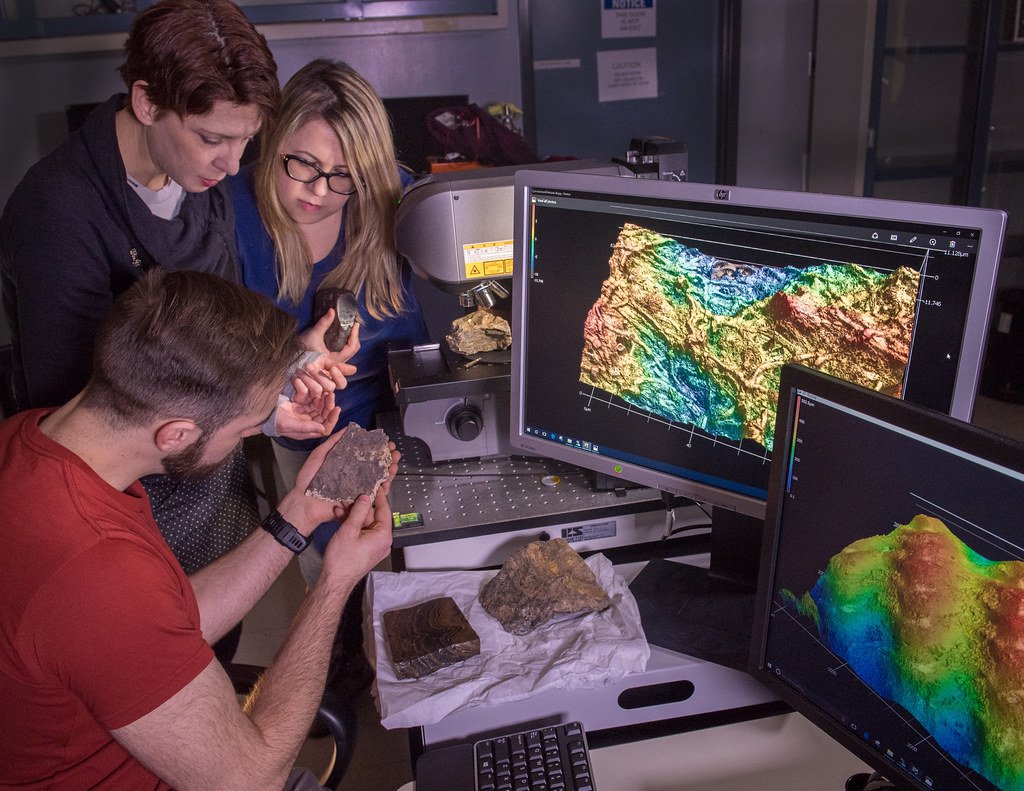
Modern biotechnology wouldn’t exist without beneficial microorganisms that serve as the foundation for countless innovations. Scientists use bacteria as biological tools to study genes, develop new treatments, and create sustainable materials. These microscopic workhorses can be programmed to produce everything from biodegradable plastics to synthetic spider silk, opening up possibilities for materials that are both high-performance and environmentally friendly.
The precision with which these microorganisms can be controlled and modified makes them ideal for developing personalized medicines and targeted therapies. Researchers are even exploring ways to use engineered bacteria as living sensors that could detect diseases or environmental hazards, potentially revolutionizing how we monitor health and safety in the future.
Probiotics: Reinforcing Your Microbial Army
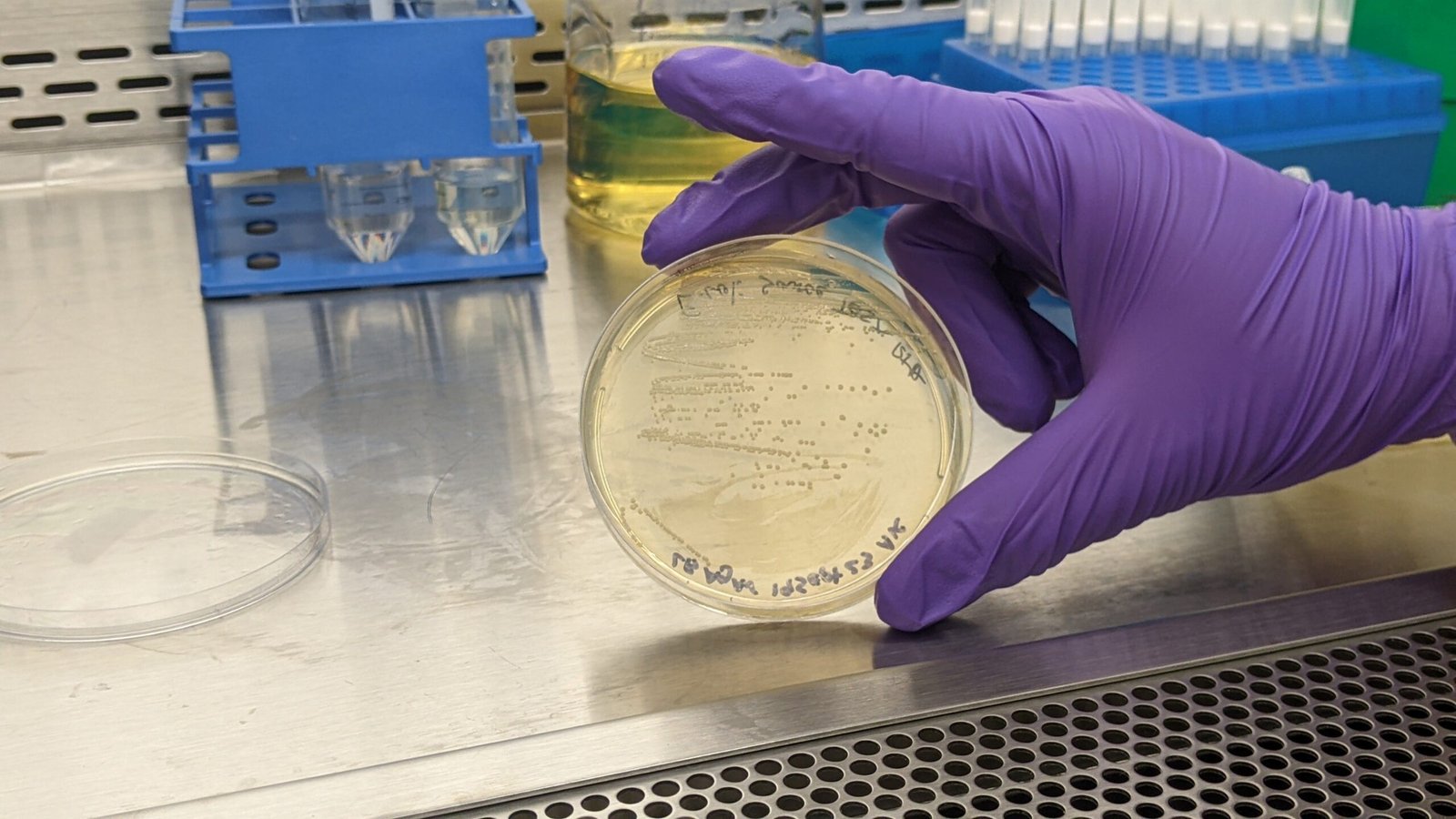
The growing understanding of beneficial microorganisms has led to the development of probiotics – live bacterial supplements designed to strengthen your body’s natural microbial communities. These carefully selected strains of helpful bacteria can help restore balance after illness, antibiotics, or stress have disrupted your microbiome. Think of them as reinforcements for your microbial army, helping to replenish populations that might have been depleted by modern life.
Different probiotic strains offer different benefits, from improving digestive health to boosting immune function and even potentially influencing mood. However, not all probiotics are created equal, and what works for one person might not work for another due to individual differences in existing microbiomes. It’s like trying to introduce new residents to an established neighborhood – success depends on how well they fit in with the existing community.
The Antibiotic Dilemma
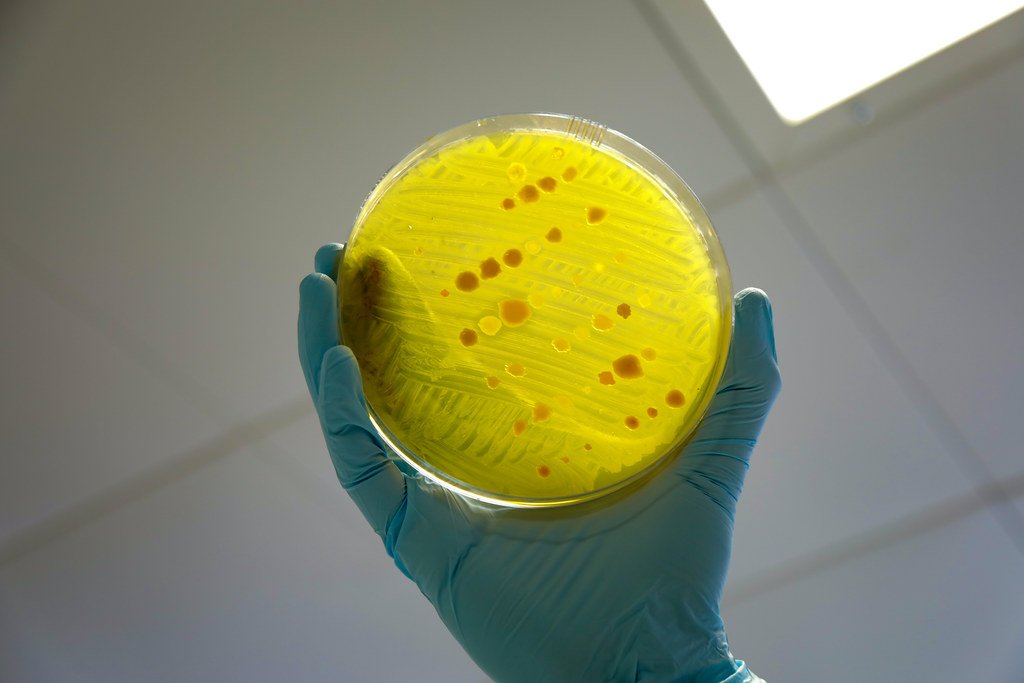
While antibiotics have saved millions of lives, they present a complex challenge when it comes to beneficial microorganisms. These powerful medications don’t discriminate between harmful and helpful bacteria, often wiping out entire microbial communities in their quest to eliminate infections. It’s like using a nuclear weapon to eliminate a few troublemakers – effective against the target, but devastating to innocent bystanders.
The overuse of antibiotics has led to the emergence of antibiotic-resistant bacteria while simultaneously weakening the beneficial microbial populations that help keep us healthy. This has created a double-edged problem where harmful bacteria become harder to kill while our natural defenses become weaker. Recovery of beneficial microbes after antibiotic treatment can take months or even years, highlighting the importance of using these medications judiciously.
Future Partnerships with Microbes
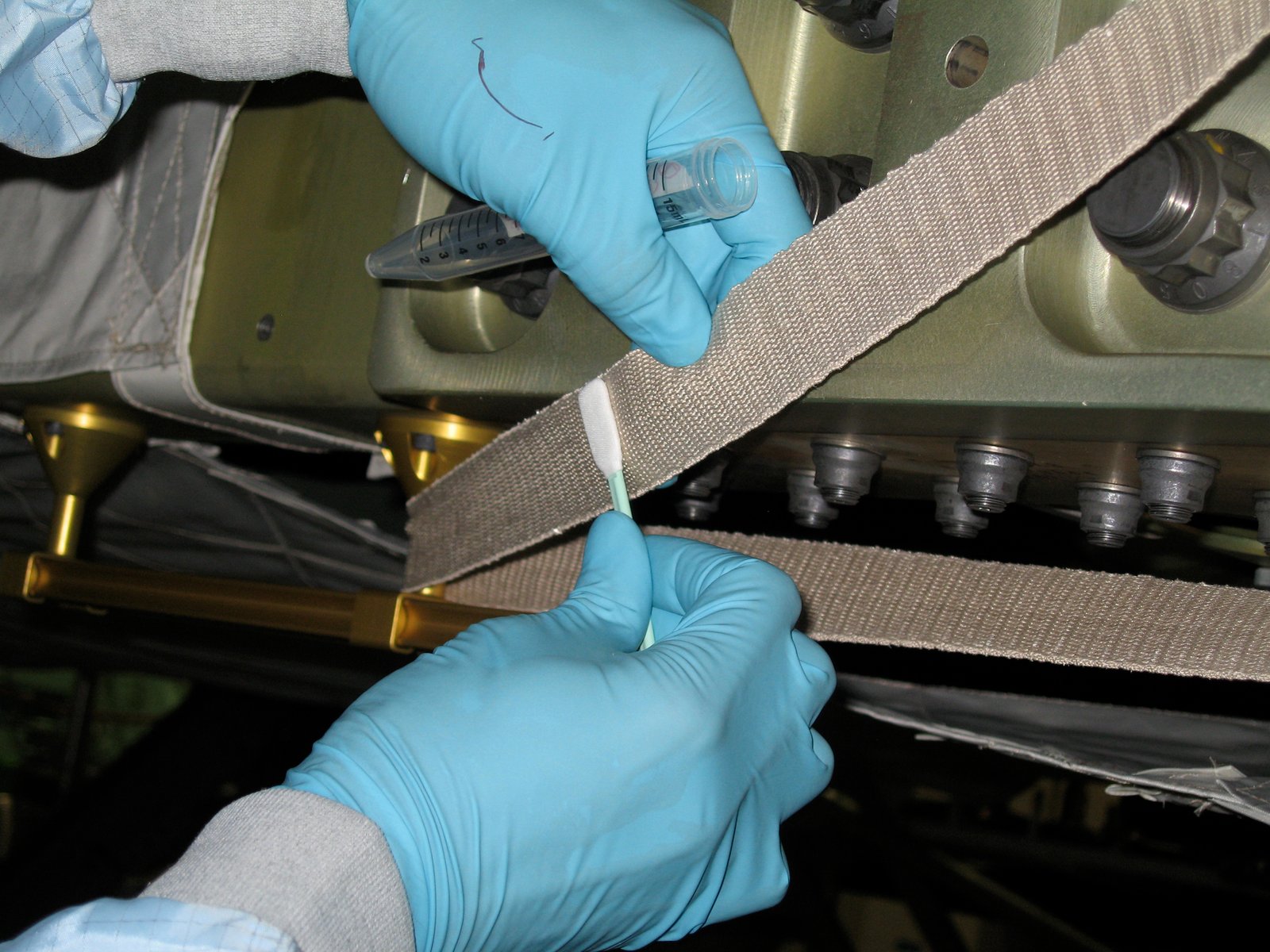
As our understanding of beneficial microorganisms deepens, we’re discovering new ways to partner with these microscopic allies. Scientists are exploring everything from microbial-based building materials to living computers that use bacteria to process information. These partnerships could revolutionize everything from construction to computing, creating biological systems that are self-repairing, environmentally friendly, and incredibly efficient.
The future might see us working with microorganisms to terraform other planets, clean up environmental disasters, or even extend human lifespan through optimized microbiomes. These partnerships represent a fundamental shift from seeing microorganisms as enemies to be defeated to recognizing them as partners in building a sustainable future. It’s a collaboration that’s been billions of years in the making, and we’re only just beginning to understand its full potential.
Living in Harmony with Our Microbial World

Understanding the vital role of beneficial microorganisms changes how we should think about cleanliness, health, and our relationship with the natural world. While hygiene remains important for preventing disease, the goal should be maintaining balance rather than achieving sterility. Our bodies and environments function best when beneficial microorganisms are thriving, creating ecosystems that naturally resist harmful invaders.
This new perspective suggests that the healthiest approach is not to eliminate all microorganisms, but to cultivate the beneficial ones while controlling the harmful ones. It’s about creating conditions where helpful microbes can flourish, providing us with natural protection and enhanced well-being. The future of health might depend less on what we can eliminate and more on what we can nurture and maintain.
Conclusion: Embracing Our Microscopic Allies

The world of beneficial microorganisms reveals a hidden universe of allies that have been working alongside us throughout human history. From the bacteria in our gut that help us digest food and regulate our mood, to the microorganisms in soil that make plant growth possible, these microscopic partners are essential for life on Earth. They serve as medicine manufacturers, environmental cleanup crews, food producers, and climate regulators, all while asking for nothing more than a suitable environment to thrive.
As we continue to learn more about these remarkable organisms, we’re discovering that our health and the health of our planet are intimately connected to the well-being of our microbial partners. The future belongs to those who can work with nature rather than against it, nurturing the beneficial microorganisms that make life possible while managing the few that cause problems. In a world where we often feel powerless against global challenges, it’s empowering to know that some of our most important allies are already living inside us, ready to help if we just give them the chance.
Next time you hear the word “germs,” remember that you’re surrounded by an invisible army of microscopic helpers working tirelessly to keep you and your world healthy. The question isn’t whether we can live without them – it’s whether we’re wise enough to live with them in harmony. What will you do today to support your microbial allies?



